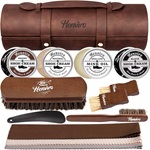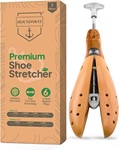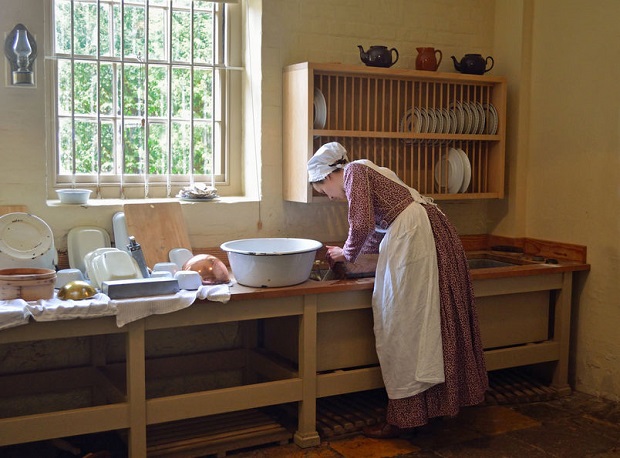
What Is Patent Leather?
Patent leather has a shiny surface created by applying varnishes, lacquers, and/or other composite resins. Take a closer look at what this leather is and how it is made.
Attend any modern formal event, and you are sure to see a fair share of patent leather shoes hitting the dancefloor. Though a staple in modern wardrobes, you may be surprised to hear that it has been around for centuries.
Jump Ahead
- Who Invented Patent Leather?
- What Is Patent Leather?
- How a Hide Becomes Leather
- How Leather Becomes Patent Leather
- References
Who Invented Patent Leather?
American inventor Seth Boyden created patent leather in 1818. Wealthy families immediately adopted it as a footwear fashion statement for children. Its unique glossy finish and durability made it a symbol of luxury and style. Today, patent leather is commonplace, especially in dress shoes. [1]
What Is Patent Leather?
In simple terms, any leather that is finished with a high gloss surface is called patent leather. The materials used to create this high gloss finish vary between manufacturers but generally contain polyurethane, lacquer, and/or other composite resins.
Different locales call patent leather various names, including enameled, japanned, and lacquered leather. [2]
How a Hide Becomes Leather
The first step in creating any patent leather product begins with a leather hide. An animal hide, usually a cowhide, is treated to make leather. This process involves tanning, fatliquoring, and drying. [3]
Animal hides are preserved through a process called tanning. Tannic acid is used to remove water from the hide and cement the protein fibers together. [4]
The next step is fatliquoring. During this step in the process, oils are introduced in a uniform layer over the hide to control shrinkage during the drying process. [5]
At this point in the tanning process, the hide is ready to be dried. Several methods are used to dry leather hides, including air drying, drying tunnels, and vacuum drying. [6]
Once the hide has been successfully gone through the tanning, fatliquoring, and drying process, it is ready to be made into patent leather.
How Leather Becomes Patent Leather
The next step in the process is to give prepared leather a glossy finish. This is accomplished with the addition of several polyurethane coatings and/or lacquer, among other ingredients, that are applied directly to the leather hide.
Generally, several coats are applied to the hide, with a vacuum drying process performed between each coat. The first coat is designed to penetrate the leather; the second coat contains the dye, while the third coat becomes the glossy, waterproof finish. [7]
Once the process is complete, the hide can be made into a variety of products, including shoes, handbags, belts, and even furniture upholstery.
References
- [1] Encyclopedia.com – “Patent Leather Shoes.“
- [2][3] Anon. Handbook for Shoe and Leather Processing: Leathers, Tanning, Fatliquoring. Read Books, 2011.
- [4] Britinnica.com – “Leather.“
- [5] Foundation for the Advancement of Conservation – “Fatliquoring – Bookbinding and the Conservation of Books.“
- [6] Leather Dictionary – “Drying Leather.“
- [7] Rogers, Allen, and Louis Andrew Fleming. Practical Tanning; a Handbook of Modern Practice and Processes as Applied in the Manufacture of Leather and Allied Products. H.C. Baird & Co., Inc., 1922.
Related Products
Henviro Leather Shoe Shine Kit For Men – 13 PC Shoe Polish Kit, Leather Boot Care, Shoe Care Kit
HOUNDSBAY Plastic & Wooden Shoe Stretchers – Adjustable Shoe Widener Expander for Men and Women







